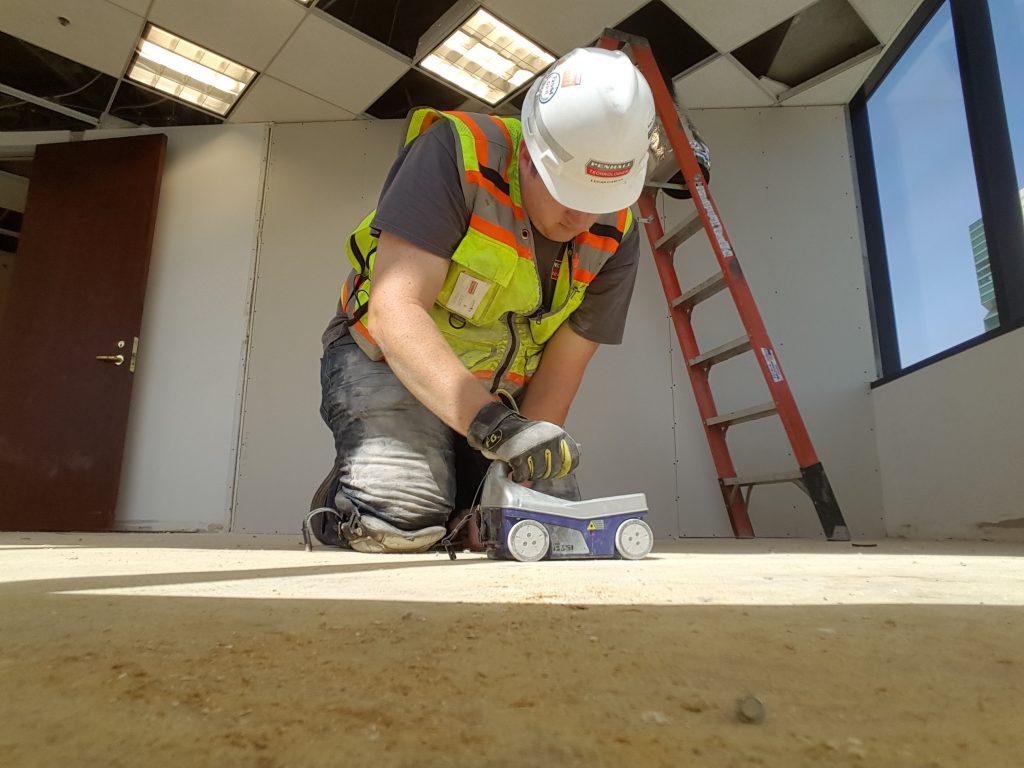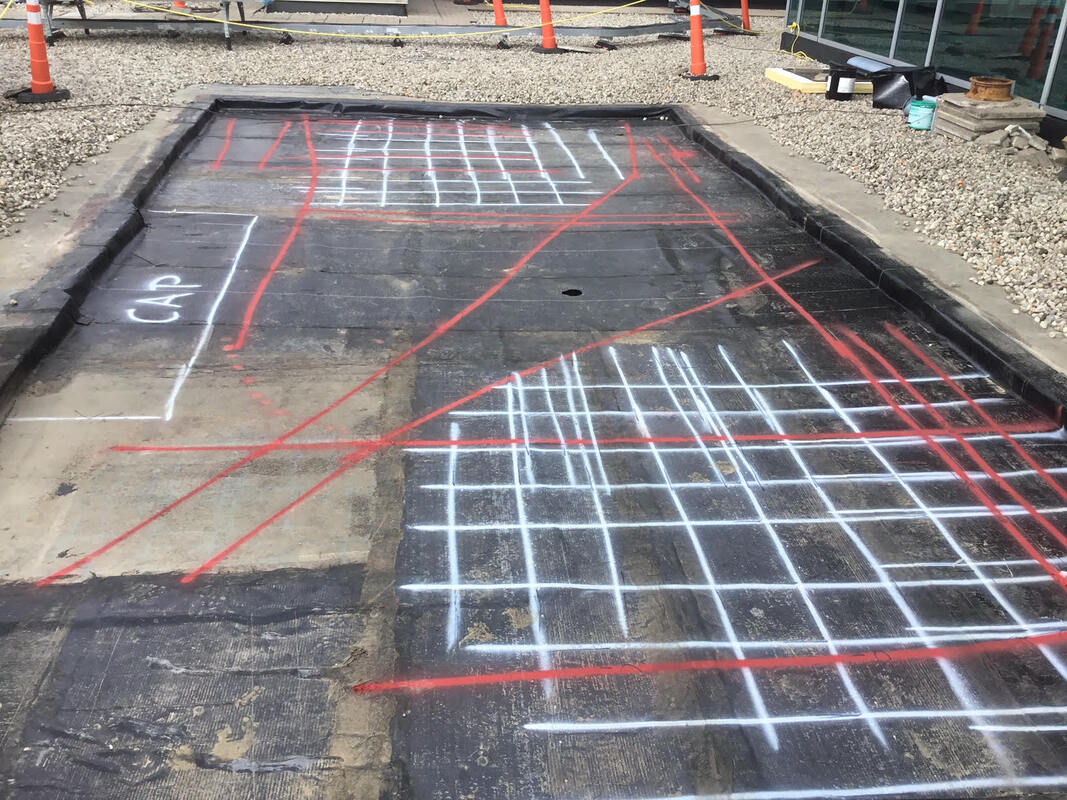RainierGPR Concrete Scanning: Ensuring Safety and Performance in Building
RainierGPR Concrete Scanning: Ensuring Safety and Performance in Building
Blog Article
The Relevance of Accurate Concrete Scanning in Finding Underground Hazards
In the world of building and framework growth, the importance of exact concrete scanning can not be overstated. Underneath the relatively strong ground lie complex networks of energies, pipelines, and other subsurface frameworks that are typically undetectable to the nude eye. The ability to precisely find and map these underground dangers is not merely an issue of convenience yet a vital facet of making certain the safety of both building employees and the stability of the job itself. By releasing innovative scanning innovations and methods, experts can reveal hidden risks, avoid expensive damages, and inevitably pave the way for smoother and more secure building and construction endeavors.
Advanced Scanning Technologies for Detection
Innovative radar systems are transforming the field of underground detection by providing unmatched precision and performance. These innovative scanning innovations use ground-penetrating radar (GPR) to produce thorough pictures of subsurface frameworks, supplying insights into what exists under the surface with amazing quality. By sending out high-frequency pulses into the ground and measuring the representations, radar systems can identify variants in material make-up and spot below ground threats such as cords, pipes, and spaces.
One of the crucial benefits of these advanced radar systems is their non-invasive nature, permitting for comprehensive inspections without triggering damage to the existing structures. This not just makes certain the safety of the surrounding setting however also reduces the demand for expensive repairs or disruptions to recurring construction jobs. In addition, the real-time data supplied by these scanning technologies allows fast decision-making and boosts total task effectiveness.
Relevance of Subsurface Mapping

Precise subsurface mapping assists in stopping pricey problems to existing underground infrastructure, lowering the danger of mishaps, and maintaining project timelines. It makes it possible for task managers to make enlightened choices pertaining to site preparation, tools deployment, and resource allotment. In addition, subsurface mapping enables much better sychronisation among different groups working on a task and helps in following regulative demands associated with underground energy detection.
Mitigating Threats in Building And Construction Projects
Effective danger reduction techniques are necessary for making certain the success and safety of construction jobs. Determining and dealing with possible threats before they intensify is essential in keeping task timelines, budgets, and general quality. One key aspect of mitigating dangers in building and construction projects is detailed planning and analysis at the initial phases. Carrying out comprehensive site studies, consisting of exact concrete scanning for below ground threats, can help in recognizing possible concerns at an early stage. Utilizing innovative technologies like ground-penetrating radar and electromagnetic induction can aid in finding energies, rebar, or other obstructions that might present threats during building.
Additionally, developing clear communication networks among all task stakeholders and ensuring strict adherence to safety protocols are crucial elements of danger reduction. Regular evaluations, quality assurance actions, and monitoring of work progression can help in identifying and attending to any kind of arising threats without delay. Furthermore, having backup strategies in location for unexpected difficulties can significantly reduce the influence of disruptions on the job. By proactively implementing durable risk reduction approaches, construction jobs can decrease delays, expense overruns, and security events, inevitably causing successful project end results.

Protecting Against Pricey Problems and Delays
To minimize monetary losses and job setbacks, efficient strategies need to be applied to stop pricey problems and hold-ups in building and construction jobs. Determining these blockages early on helps in this contact form planning the project format much more effectively and staying clear of potential problems throughout excavation.
Additionally, buying training programs for building employees on the importance of concrete scanning and risk-free excavation practices can dramatically minimize the threat of accidents and delays. Clear interaction channels in between task managers, designers, and on-site employees are additionally essential to make sure that every person recognizes the possible dangers and follows the needed methods to stop pricey problems. By prioritizing positive actions like concrete scanning and promoting a culture of safety and security and awareness, building and construction jobs can lessen the economic effect of unanticipated underground blockages and stay clear of pricey hold-ups.
Ensuring Safety And Security of On-Site Employee
By prioritizing positive steps such as extensive training programs and clear communication networks, building projects can ensure the safety and security of on-site employees amidst the potential risks detected via concrete scanning. Appropriate training furnishes workers with the expertise and abilities needed to navigate building and construction websites safely, specifically when hazards are determined through scanning procedures. Training should cover threat acknowledgment, emergency situation procedures, and the appropriate usage of individual protective devices to reduce risks successfully.
Furthermore, establishing clear interaction networks is crucial for sharing info about identified risks promptly. This makes sure that all on-site personnel know potential risks and can take essential precautions to stay clear of crashes. Normal hop over to here security briefings, toolbox talks, and regular updates relating to scanning results assistance keep everyone notified and positive in preserving a risk-free workplace.
Furthermore, implementing strict adherence to safety and security protocols and guidelines, carrying out normal safety audits, and cultivating a culture of security awareness among workers are vital parts in ensuring the health of on-site employees throughout construction projects - RainierGPR Concrete Scanning. Positive precaution not just secure employees from harm yet additionally contribute to the total success and performance of the job
Verdict
Utilizing innovative scanning technologies and subsurface mapping assists reduce threats in building and construction jobs, avoiding pricey damages and hold-ups. It is important for construction business to prioritize the usage of exact scanning techniques to lessen possible risks and make certain a smooth building procedure.

By proactively implementing robust danger reduction strategies, building projects can reduce hold-ups, price overruns, and safety incidents, ultimately leading to successful job results. - RainierGPR Concrete Scanning
To reduce economic losses and project problems, reliable approaches must be implemented to stop check my blog expensive damages and hold-ups in building projects. By focusing on positive procedures like concrete scanning and promoting a culture of safety and understanding, construction jobs can minimize the monetary influence of unexpected below ground obstructions and avoid expensive delays.
By focusing on proactive measures such as thorough training programs and clear interaction channels, building jobs can make certain the safety of on-site personnel in the middle of the possible risks detected through concrete scanning. Using advanced scanning modern technologies and subsurface mapping aids alleviate threats in building jobs, stopping costly damages and delays.
Report this page